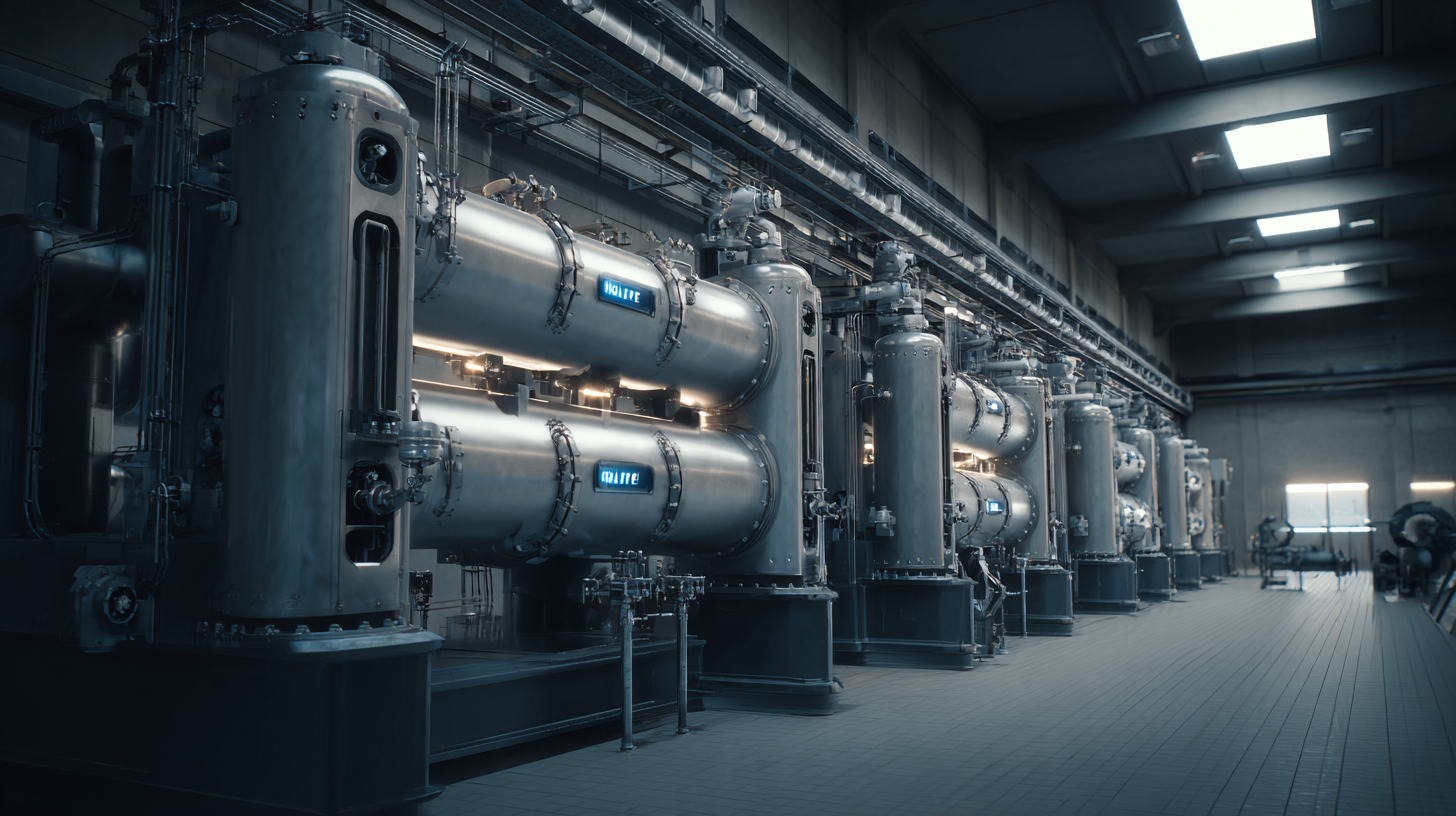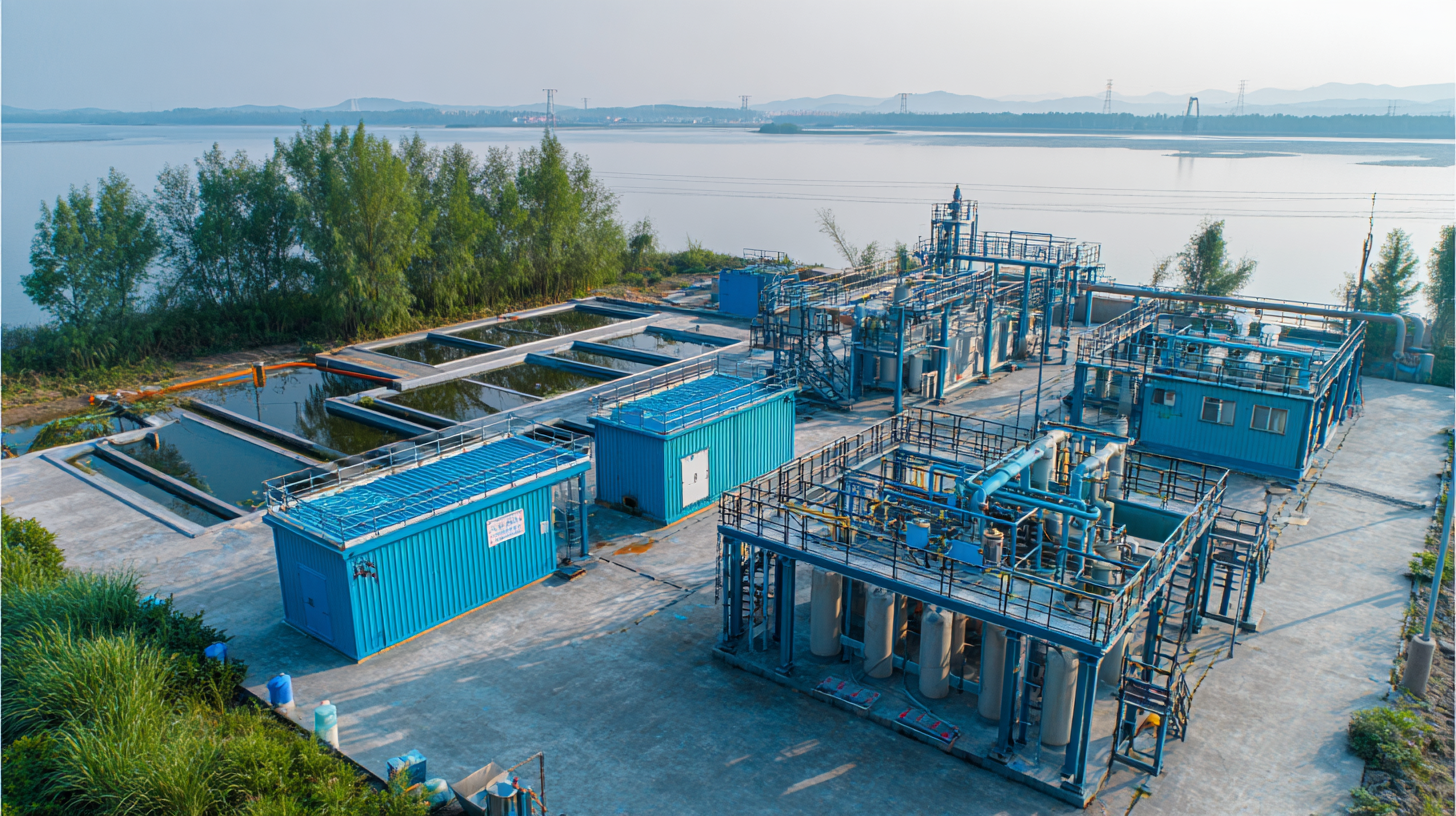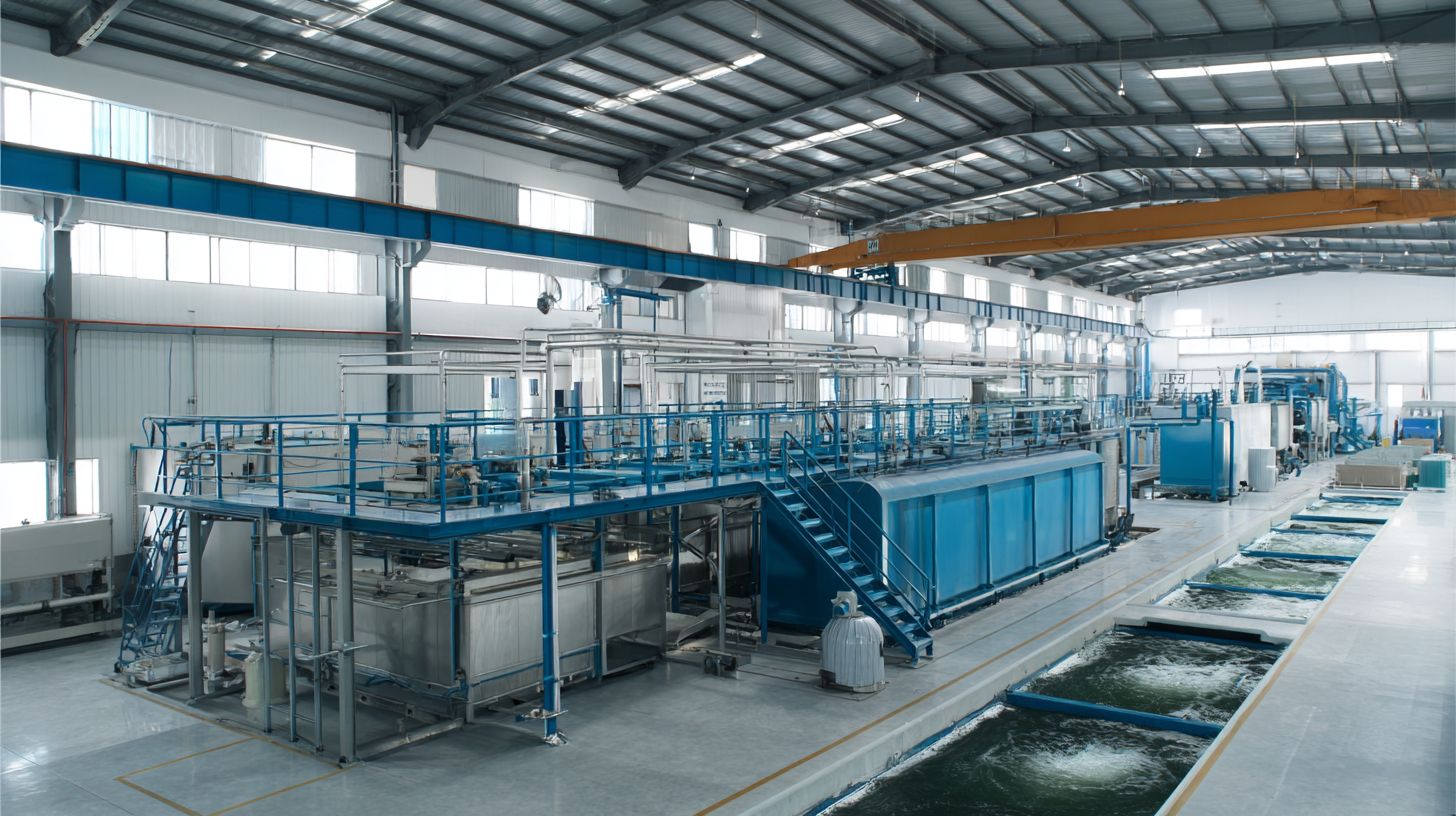In recent years, the Dissolved Air Flotation System (DAF) has emerged as a pivotal technology in the field of water treatment, capitalizing on its efficient capability to separate suspended solids and other contaminants from water. As industries and municipalities increasingly face challenges related to water quality and regulatory compliance, understanding the unique characteristics and diverse applications of various DAF systems becomes essential. This blog delves into the intricacies of several types of Dissolved Air Flotation Systems, exploring their operational mechanisms, benefits, and specific use cases across different sectors. By highlighting these variations, we aim to provide a comprehensive overview that not only informs but also guides decision-makers in selecting the most appropriate DAF solution for their specific needs. Join us as we navigate through the fascinating world of DAF technology and its significant role in promoting clean water practices.

Dissolved Air Flotation (DAF) systems play a crucial role in modern water treatment processes. These systems employ microbubbles to facilitate the removal of suspended solids, oils, and other contaminants from wastewater. By saturating water with air under pressure and then releasing it, microbubbles are formed, which adhere to particles and cause them to rise to the surface for easy removal. The effectiveness of DAF in treating various types of wastewater, including that from slaughterhouses and paper mills, highlights its versatility and importance in achieving water quality standards.

Dissolved Air Flotation (DAF) systems have emerged as a versatile solution for water treatment, offering unique features and benefits tailored to various industrial needs. These systems utilize pressurized air to create tiny bubbles that adhere to contaminants, facilitating their removal from water. Alternative DAF technologies can be optimized for specific applications such as drinking water treatment, industrial wastewater management, and sludge thickening, making them indispensable in enhancing water quality.
When selecting a DAF system, consider key factors such as bubble size, tank design, and the type of collector mechanism. Each of these elements can significantly influence the efficiency of flotation. For instance, a smaller bubble size typically enhances flotation performance for fine suspended solids, while a properly designed tank can reduce retention time and energy consumption.
**Tip:** Regular maintenance of your DAF system is crucial. Ensure that air saturation levels are consistently monitored to maintain optimal performance. Additionally, consider the integration of automated controls for better operational efficiency, which can further reduce downtime and enhance overall system reliability.
| Dissolved Air Flotation System Type | Key Features | Benefits | Typical Applications |
|---|---|---|---|
| Conventional DAF | High efficiency in removing suspended solids | Cost-effective for large flow rates | Municipal wastewater treatment |
| Vacuum DAF | Lower energy consumption, smaller footprint | Ideal for space-limited applications | Industrial effluent treatment |
| Microbubble DAF | Produces smaller bubbles for better particle attachment | Enhanced removal of fats, oils, and grease | Food processing and oil industries |
| Hybrid DAF | Combines DAF with other separation technologies | Flexibility in handling varying wastewater compositions | Pulp and paper industry |
| Side-stream DAF | Dedicated to processing side-streams efficiently | Optimizes water reuse and sludge management | Chemical manufacturing |
Dissolved Air Flotation (DAF) systems are pivotal in various water treatment processes. Traditional DAF systems utilize the principle of air bubbling to separate suspended solids, oils, and fats from wastewater. These systems rely heavily on mechanical components, such as pumps and flotation tanks, which can increase operational costs and maintenance efforts. However, their efficiency in large-scale applications is often unmatched, making them a popular choice in industries like food processing and municipal wastewater treatment.
In contrast, alternative DAF systems, such as those incorporating membrane technology or electrocoagulation, offer innovative solutions that enhance separation efficiency and reduce chemical usage. These systems are typically more compact and can achieve higher removal rates of contaminants. As industries face growing regulations, the adaptability of alternative DAF systems provides a competitive edge.
**Tips:** When considering which DAF system to implement, assess the specific needs of your operation. Analyze factors such as the type of wastewater, required treatment level, and budget constraints. Additionally, pilot testing can provide valuable insights into how different systems can perform in your unique environment. Remember, investing in the right technology can lead to long-term savings and environmental compliance.

Dissolved Air Flotation (DAF) systems have gained significant traction across various industries due to their effectiveness in separating solids from liquids. Traditional DAF systems primarily use air to create fine bubbles that adhere to suspended particles, facilitating their removal. However, innovative applications of alternative DAF systems are emerging, showcasing enhanced efficiency and adaptability tailored to specific industry needs. For instance, the use of microbubbles in food processing has demonstrated not only improved clarity of wastewater but also the potential for reclaiming valuable resources, such as fats and oils, which can be recycled into the production process.
In the oil and gas sector, alternative DAF technologies are proving essential for managing produced water, a byproduct that can contain high levels of contaminants. By integrating advanced polymers or ultrafiltration membranes into DAF systems, companies can significantly increase the removal rate of dissolved hydrocarbons, meeting stringent environmental regulations. These alternatives not only improve the effectiveness of purification but also allow for the recovery of clean water for reuse in operations, effectively promoting sustainability in resource-dependent industries. As industries continue to evolve, the adoption of innovative DAF solutions highlights a crucial shift towards more efficient and environmentally responsible practices.
The shift towards more sustainable practices in various industries has led to significant innovations in the field of dissolved air flotation (DAF) systems. Recent advancements in microalgal protein production exemplify this trend, showcasing alternative methods that may revolutionize waste treatment processes. Research indicates that integrating microalgae in DAF systems could efficiently remove organic contaminants while simultaneously yielding valuable protein sources.
According to a study, microalgal biomass can reduce nutrient levels in wastewater by up to 80%, presenting a dual benefit of pollution reduction and resource recovery.
As industries increasingly seek out eco-friendly solutions, the role of biosurfactants as substitutes for conventional surfactants gains momentum. These natural surfactants show promise in enhancing the performance of DAF systems, improving flotation efficiency, and minimizing environmental impact. Data from recent market analyses suggest that the global biosurfactants market is expected to grow at a CAGR of over 5% by 2025, highlighting their rising importance in wastewater treatment applications.
Tip: When considering the integration of new technologies like microalgae or biosurfactants, it's essential to evaluate their compatibility with existing systems to maximize efficiency and ensure a seamless transition.
Another emerging area in DAF research involves addressing emerging contaminants in wastewater. In its comprehensive review, experts have noted that employing advanced oxidation processes in tandem with DAF can enhance the removal of these pollutants, setting a precedent for future developments in wastewater treatment technologies.
The ongoing exploration of these innovative practices illustrates a clear trajectory toward sustainable solutions in DAF systems.
Tip: Staying informed about the latest research and exploring partnerships with technology developers can provide a competitive edge in the evolving landscape of wastewater treatment.
